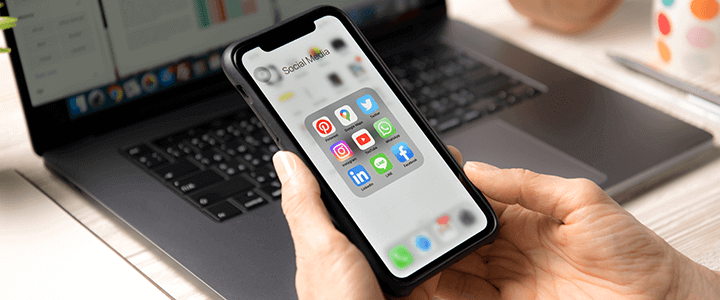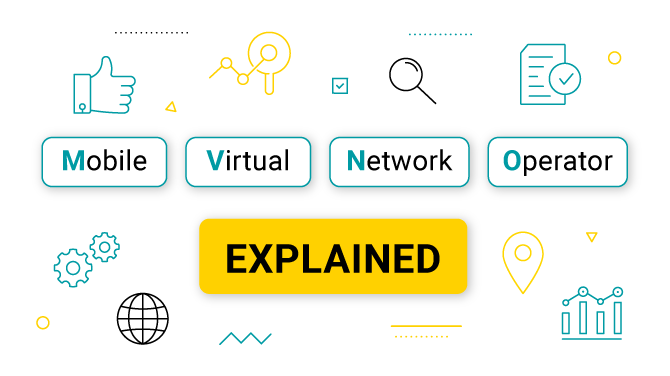What App Localisation Means and Why You Must Master It
So you’ve got the next big app idea. Maybe you’ve already developed it yourself or with a team of Rockstar engineers. An app so revolutionary and disruptive that it can change an entire industry as we know it. The next Uber, perhaps?
That all sounds great, but now you have to decide how to convince international markets to get on board (get it, on-boarding). What we’re talking about is known as “app localisation”.
What is App Localisation?
In the simplest of terms, app localisation is the way you market to any given demographic region by understanding the needs, habits, and behaviours of regional customers.
That means you adapt the messaging, delivery, and presentation of your app while considering the social and cultural norms of any market you decide to target.
Your international customers want the same high-functioning, easy-to-use product experience as the customers in your homeland. Think of every market you sell to as being just as important as the city where you operate. Because they are as important.
Mistakes to Avoid
When you buy international electronics or any other commodity — you want to be able to relate to them in a native way. You want the fit of your clothing to be large if you’re American, or smaller if you’re East Asian. You need only read one of the thousands of Amazon reviews for men’s shirts to realise that Korean XL is more like an American Medium. Those clothiers didn’t bother to provide a size conversion chart, so they alienated one of their most lucrative markets. Don’t make that same mistake.
Take another example: you want to read the instructions for your new computer in your native tongue. You want the power cord on your electronic device to fit a 120 V outlet, not some 5-pronged nightmare from Bangladesh. In other words, you want your products localised.
Say you want your app to roll out in France. It’s your job to design an interface with a payment system supporting local currency (Euros) and a customer support platform in French, and to communicate according to French customs and expectations.
Hire professional translators instead of relying on A.I.-based language platforms like Google Translate. Language is not like Legos. You can’t just swap English words for Swedish ones the way you snap a blue Lego onto a red one. Certain terms don’t translate literally in Google. Most local idioms come across as utter nonsense in other cultures. That’s why you need a human mind to translate not only individual words, but to choose the correct synonyms in order to properly convey your intended meaning.
In France, when someone faints or passes out, they often say they “Tomber dans les pommes”. They “fell in the apples”. They did what?! Exactly. You can’t expect a local saying to be understood outside of that locality. It’s the same for Australia, Russia, Ghana… wherever.
You have to put in the research, the market testing, and the focus groups. Make demo modes available to small groups of beta testers before you launch. All these things help you understand the local (read: familiar) experience your customers expect.
App Localisation Best Practices
- Use professionals to translate the language accurately, and provide a keyboard in the local vernacular.
- Change the default currency based on region
- Ensure the time and date are correct for that location/time zone
- Pay attention to social and legal differences between your home country and your international markets
Other Considerations
To achieve successful app localisation, you have to consider not only the people, but the private sector (corporations and business culture) and the public sector (nonprofits and government culture). Are you marketing in China, where government leaders are strict about censorship? Are you marketing in a country where certain behaviours enjoyed in the U.S. are culturally taboo?
Also, remember that things can get lost in translation beyond language. You have to watch out for common symbols, hand gestures, or even emojis that convey different meaning to different cultures.
Don’t forget that your app will only be successful if users can locate it in local app stores. You’ll need to perform keyword research in the local language to ensure your app ranks high in the app store.
Closing Thoughts
App localisation will help you maximise your market share by ensuring your international markets can enjoy the benefits of your app. We’re talking about huge profit potential here—so don’t take shortcuts when releasing your app in new regions.
Learn your market and take the time to appreciate its unique characteristics. Tailor your product to fulfil the needs of every customer. Test with a demo product before it goes live. The logic of “measure twice; cut once” applies here. But your job is to test twice; launch once.

















